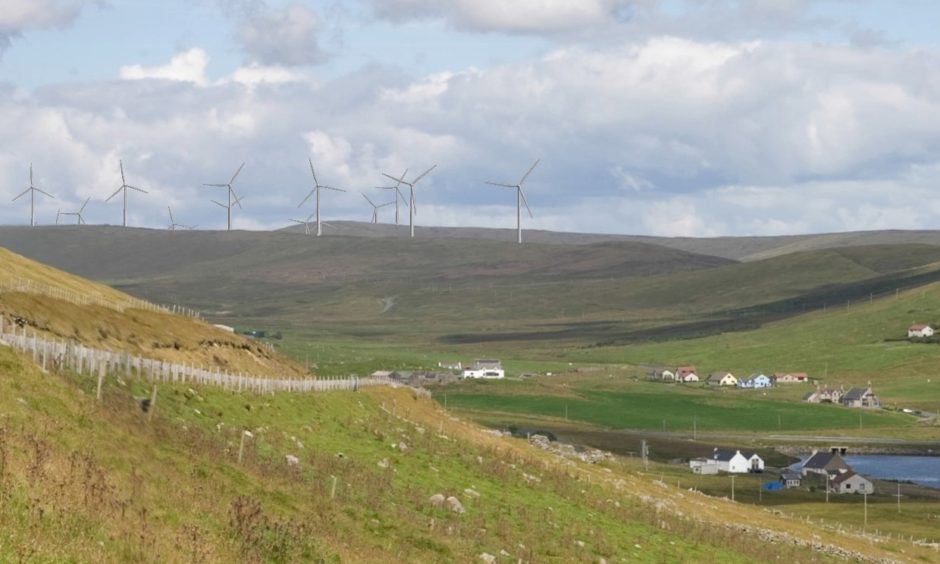
The government is seeking input on proposals that could see up to 12GW of new capacity rolled out across Scotland, supporting up to 17,000 jobs.
A consultation on the Scottish Government’s plans to more than double Scotland’s onshore wind capacity by 2030 has been launched ahead of COP26 in Glasgow.
The proposals were first outlined in the co-operation agreement between the Scottish Government and the Scottish Green Party, and have now been set out in a draft Onshore Wind Policy Statement.
The plans would see an additional 8-12 gigawatts (GW) of installed onshore wind capacity deployed by 2030, potentially more than double the 8.4 GW installed at present.
Scotland is already home to more than half the UK’s total onshore capacity of 14.1 GW.
The government says approximately 17,000 jobs and the equivalent of £27.8 billion in gross value added (GVA) could be achieved if 12 GW of capacity is rolled out, according to assessments from the Onshore Wind Prospectus recently published by industry group Renewable UK.
The consultation seeks input on a range of issues related to the plans, from power purchase agreements, the provision of finance and community ownership, through to the visual and social effects of wind farm sites.
It also seeks feedback on the integration of hydrogen production and onshore wind, and the availability and development of skills.
Local content
A portion of the document is dedicated to the domestic supply chain. Most notably, while the government accepts the Contract for Difference (CfD) model has been successful in lowering the cost of renewables, it adds: “Pressure has caused a race to the bottom for the domestic supply chain, with suppliers greatly reducing margins or losing contracts altogether.”
Ultimately, the government says, the “pressure and squeeze resulting from the CfD scheme’s effectiveness at reducing developer bids and technology costs has been detrimental to the domestic supply chain and investor confidence.”
It makes clear that developers must “make every effort to support the domestic supply chain,” and supports the UK Government’s decision to ask developers to provide UK content estimates for projects as part of the Supply Chain Plan.
It also stresses the value of oil and gas expertise and the importance of a ‘Just Transition’, adding that local availability of this expertise and supply chains mean that Scotland is “comparatively very well placed” to build on its existing skills.
Speaking on a visit to Kype Muir Wind Farm in Strathaven, Net Zero and Energy Secretary Michael Matheson said: “Our draft Onshore Wind Policy Statement outlines the huge potential for this technology, and assesses the significant economic opportunity of future deployment, particularly in light of our green recovery aspirations.
“I would urge everyone, from businesses to communities to individuals, to take part in the consultation to support the work we are doing to help secure a greener, fairer future for everyone in Scotland.”
Green Skills Minister Lorna Slater said: “The Scottish Government is committed to an economic recovery from COVID-19 that is both green and fair. The growth of the onshore wind sector presents us with an opportunity to secure further good, green jobs.
“By acting now, we can set Scotland on a pathway to meeting our climate change targets in a way that supports a Just Transition and delivers opportunities for all.
“Scotland has excellent onshore wind expertise and is recognised as having one of the best systems in the world in which to deploy wind farms. The changes we are proposing will build on this to make Scotland even more attractive for wind developers and the wider supply chain industry.”
The draft Onshore Wind Policy Statement is available on the Scottish Government website, and the consultation runs until 21 January 2022.
Recommended for you
